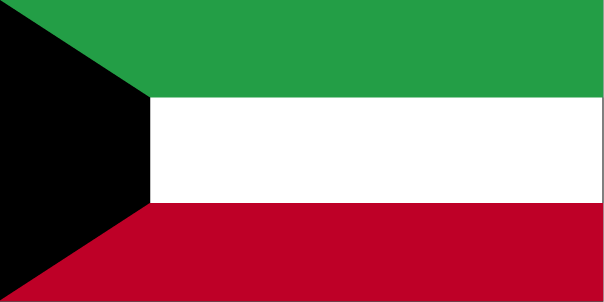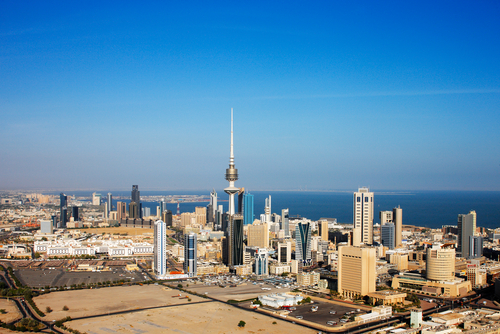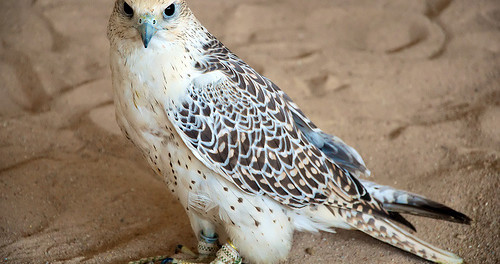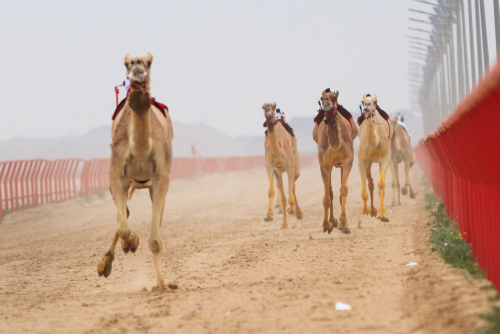Last updated on February 12th, 2022
Kuwait, (Arabic: دولة الكويت) officially the State of Kuwait, is a country in Western Asia. It has an area of 17,818 square km. Kuwait City is its capital and largest city. Arabic is the official language of Kuwait. Kuwaiti dinar (KWD) is its official currency. Its two land bordering countries are Saudi Arabia and Iraq.
The country ranks highly among its regional counterparts in the protection of civil liberties, press freedom, and constitutionalism. With these 53 facts about Kuwait, let’s learn more about its history, economy, political system, oil reserves, war with Iraq and more.
1. The name “Kuwait” is derived from Arabic word “Kut”, meaning “fort”.
2. Kuwait was once a home of the shifting nomads. People would come and go and never settled for the long term until the 18th century.
3. During the eighteenth century, nomadic tribes and clans suffering from the drought of the desert settled on the coast of the Arabian Gulf. The modern-day Kuwaitis are the descendants of these early day settlers. They built forts to protect themselves from other nomadic tribes and by-passers, and hence the name of the country originated.
4. Oil reserves in the country were discovered in 1934. Kuwait’s oil reserves are the world’s sixth largest.
5. The Kuwaiti Dinar, the official currency of Kuwait, is the highest-valued currency in the world. One Kuwaiti Dinar equals 1,000 fils. Their currency is available in both coins and notes in different denominations.
Flag of Kuwait

6. The period between 1946 and 1982 is known as the “Golden Era” for Kuwait. The country became prosperous during this time, achieving independence in 1961.
7. Sheikh Abdullah Al-Salim Al-Sabah became the first Emir of the country after its independence. Succession is restricted to descendants of “Mubarak as-Sabah.” “The Great” was the seventh ruler of Kuwait, whose reign lasted from May 18, 1896 until his death on November 28, 1915.
Kuwait on the map
8. Kuwait is the first Gulf country to have established a constitution and parliament.
9. Kuwait has the 15th-tallest sculpted tower in the world – The Al Hamra Tower. Located in Kuwait City, it is also the country’s tallest tower and the 23rd tallest in the world. It took almost six years to complete. It is 414 meters tall with 80 floors.

10. Liberation Tower, which is one of the world’s tallest towers, is the second-tallest structure in the country, measuring 1220 feet. The tower has a revolving restaurant and an observation platform.
11. If a man presents a woman with a gift, it cannot come from him but must come from his wife, mother, sister or another female relative.
12. Kuwait’s economy is mostly petroleum based. Fertilizers and petroleum are their main export products.
13. In August 1990, Kuwait was invaded and forcibly annexed by Iraq.
14. The KIA (Kuwait Investment Authority) is the world’s oldest sovereign wealth fund. Kuwait is also the largest investor from the Arab world. An estimated $8.4 billion was invested by Kuwait in FDI during 2013.
15. Kuwait was a tiny, unnamed Gulf coastal locality prior to 1716, when several clans of the Aniza tribe migrated from the interior of the Arabian Desert. The land was later called Kuwait – a diminutive of the word kut, meaning “fort.” Pirates raided the area from sea and land, which caused decline of the region’s economic condition. The British took over piracy in the region, and thereafter Kuwait saw prosperity in the form of developing trade and shipbuilding opportunities.

16. The oil-rich country exports more than 60% of its oil to Asian countries. Cost of oil production in Kuwait is the lowest in the world due to the fact that the oil lies close to the surface of the earth, making it easy and economical to lift to the top.
17. The majority of the Palestinians (the largest single expatriate group) living in the country were expelled after the Gulf War because they were believed to be sympathetic towards Iraq. Palestinians were then replaced by Syrians, South Asians, Iranians, and Egyptians.
About Kuwait’s: people, sex-ratio, a large number of immigrants, size, women’s rights and more…
18. Falcons are found in various places throughout Kuwait. Kuwaiti stamps and currencies always contain falcon imagery. The falcon is its national bird, which is why it is so dominant.

19. Kuwait’s national anthem is called Al-Nasheed Al-Watani and the lyrics were written by poet Ahmad Meshari Al-Adwani, first played in 1978.
20. Kuwait is the first country to introduce camel racing in 2006 with robotic jockeys on board the animals.

21. Kuwait is slightly smaller than the state of New Jersey in terms of land area. And the United States of America is 552 times bigger than Kuwait.
22. Kuwait has a total boundary length of 462 kilometers, and a coastline of 499 kilometers.
23. And Kuwait does not have a settled boundary with Iraq.
24. Kuwaiti nationals are largely employed by the public and government sectors, while immigrants comprise 80% of the country’s labor force.
. . . continue reading on the next page.
